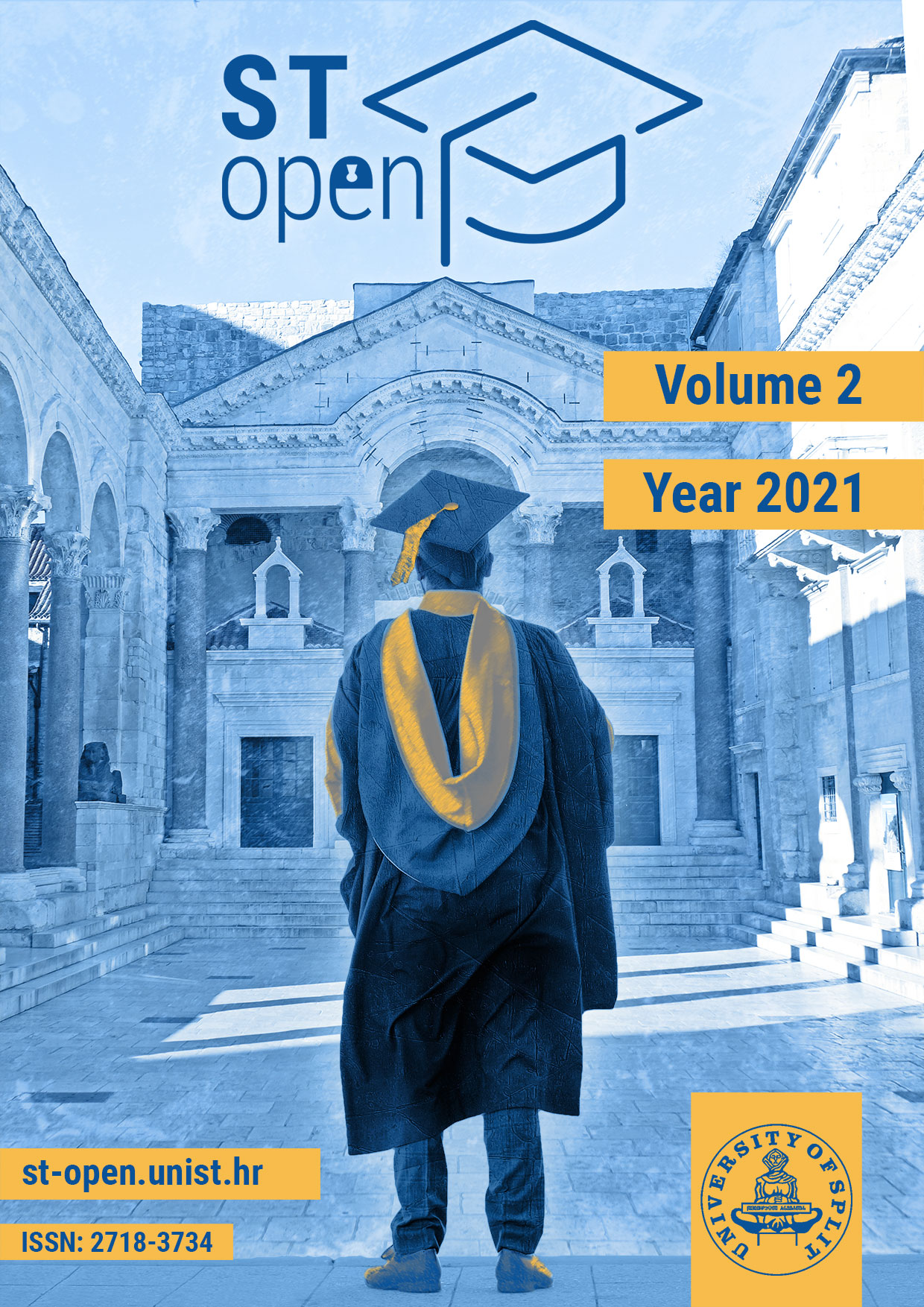Sacral architecture of Split parish churches built since 1990
DOI:
https://doi.org/10.48188/so.2.4Keywords:
architecture, sacral, contemporary, SplitAbstract
Objective: The article aims to provide a typology of contemporary sacral architecture in Croatia by analyzing the churches built in the Split area after the post-World War II ban on building churches was abolished.
Methods: Parish archives and the Archive of Split-Makarska Archdiocese provided documentation that allowed for an in-depth analysis of newly built churches. A short historical overview is provided to corroborate the need of respective parishes for a new church; this is followed by an analysis of the ground plan and other architectural features. The church architecture is considered in the light of post-Council instructions that affect the appearance of contemporary churches. Finally, we provide an analysis of the relationship between sacral buildings and their urban environment.
Results: Twelve new parish churches were built in the city of Split City area since 1990. A data analysis revealed that the major problem during church construction projects was the visual integration of the churches into the Split neighborhoods. The shape and size of the buildings was partly dictated by the urban environment. Most churches are located in the immediate vicinity of the center of the neighborhood. The churches mainly differed by the shape of their bell towers, which were used by the architects to convey their devotion to or departure from tradition. The move toward central-plan buildings, which would be expected in the light of post-Council guidelines, did not emerge in Split.
Conclusion: A comparison of contemporary sacral architecture in Split did not reveal a defined church design typology. The contemporary sacral architecture in Split has not completely turned to new trends and is still partly trying to keep the tradition, as reflected in the ground plan and bell tower design. Architects have abandoned the strong longitudinal axis and have been dimensioning the churches based on the real needs.
Downloads
Published
Issue
Section
Categories
License
Authors retain copyright and grant the journal right of first publication with the work simultaneously licensed under a Creative Commons Attribution (CC-BY) 4.0 License that allows others to share the work with an acknowledgment of the work’s authorship and initial publication in this journal.







